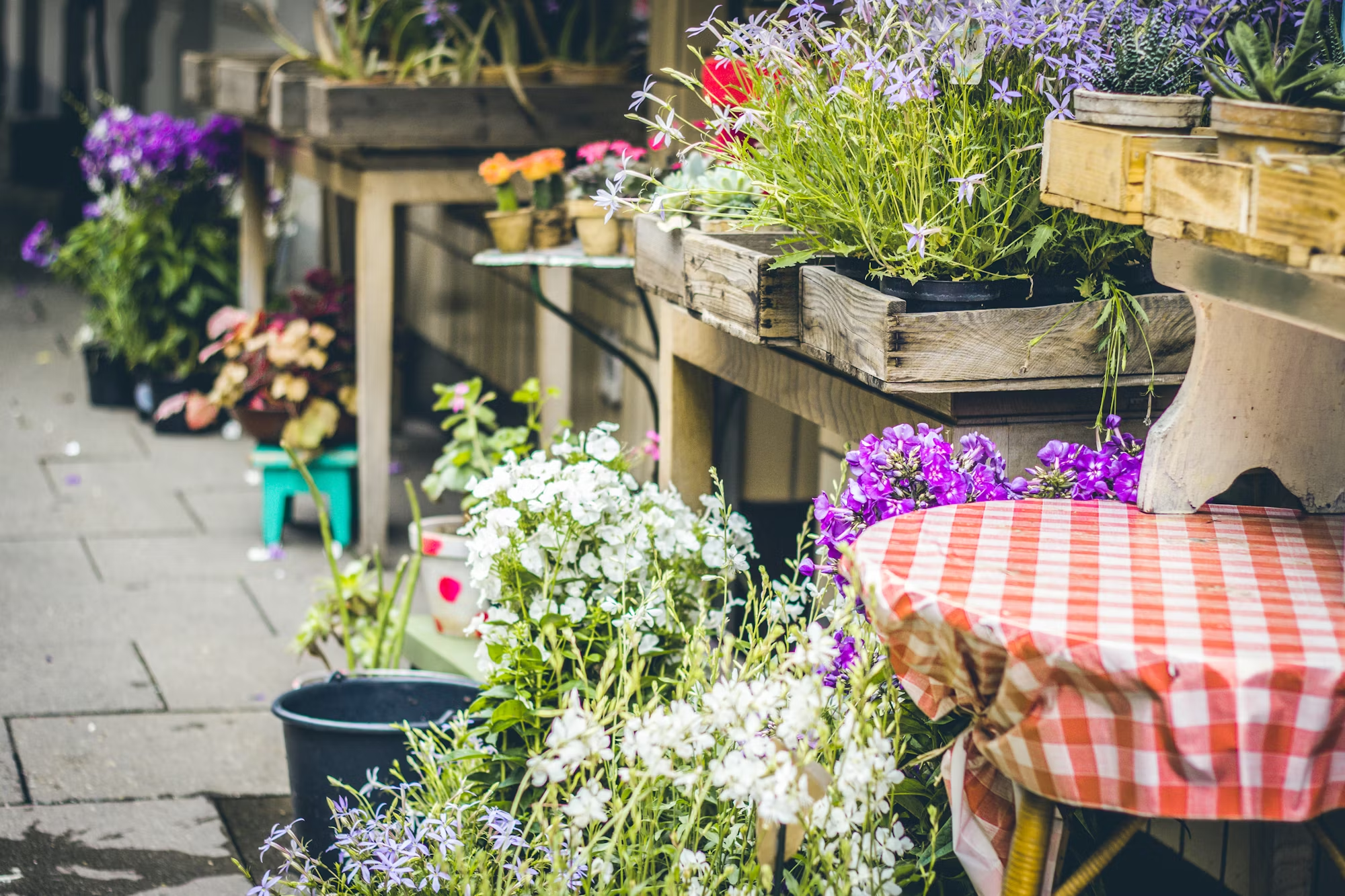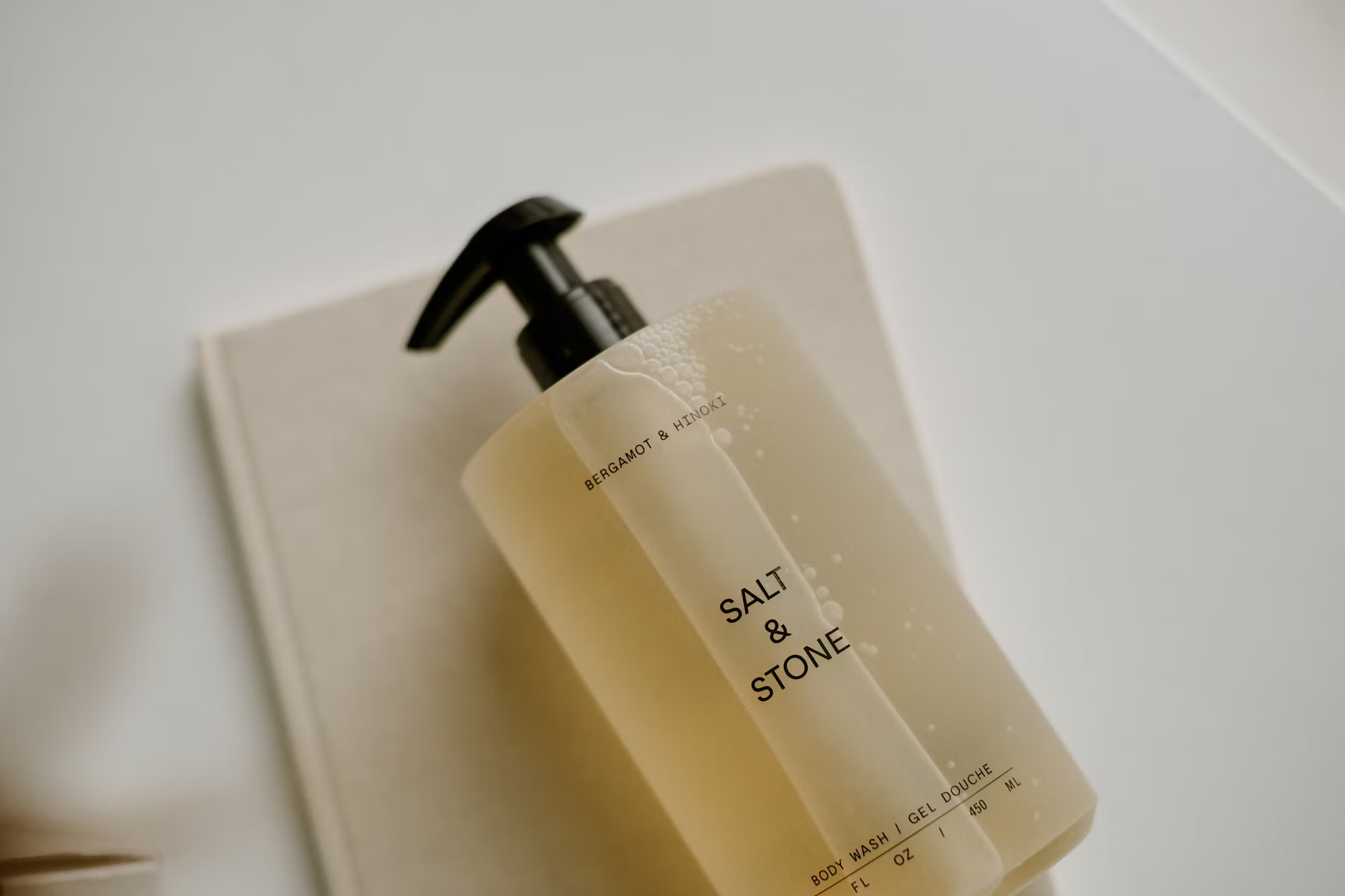
Flower gardening is a rewarding and enriching experience that brings the beauty of nature right to our doorsteps. With an endless variety of blooms to choose from, cultivating a colorful garden allows individuals to express their creativity while providing habitats for beneficial wildlife. This article explores the essentials of flower gardening, offering tips on selecting, planting, and caring for a diverse range of flowers that can transform any outdoor space into a vibrant sanctuary.
When embarking on a flower gardening journey, the first step is to understand the various types of flowers available. Each type comes with its unique characteristics and requirements, making it essential to choose those that suit your garden’s environment and your personal preferences. Wildflowers are a fantastic choice for those looking to create a naturalistic garden. These resilient plants thrive without human intervention, making them low-maintenance options that can flourish in meadows or along pathways. Popular wildflowers such as daisies, poppies, and buttercups not only add bursts of color but also attract pollinators like bees and butterflies, enhancing the overall health of the garden ecosystem.
For those who prefer a more structured approach, perennials offer long-lasting beauty. These flowers return year after year, providing stability in the garden. Varieties such as peonies, irises, and asters bloom during different seasons, ensuring that your garden remains vibrant throughout the year. Peonies, with their lush, fragrant blooms, are particularly beloved for their romantic charm and are often associated with good fortune. Irises, available in a spectrum of colors, bring an artistic flair to garden beds, while asters bloom in late summer, extending the floral display into the fall. Choosing a mix of perennials allows gardeners to enjoy a succession of blooms, providing continual interest and beauty.
In contrast, annual flowers are known for their vibrant, one-season splendor. These plants complete their life cycle within a single growing season, making them ideal for adding immediate color to a garden. Annuals such as marigolds, petunias, and zinnias are beloved for their bright colors and long blooming periods. Marigolds, with their cheerful golden hues, are excellent for companion planting, as they deter pests and attract beneficial insects. Petunias, versatile in color and form, thrive in both garden beds and hanging baskets, creating lively displays that draw the eye. By mixing annuals with perennials, gardeners can achieve a dynamic garden that showcases the best of both worlds.
Another exciting category is bulb flowers, which bring a sense of anticipation each spring. These plants grow from underground bulbs, storing nutrients that fuel their growth. Tulips, daffodils, and hyacinths are among the most popular bulb flowers, each bringing its unique charm to the garden. Tulips, with their elegant shape and vibrant colors, are often the harbingers of spring, signaling the end of winter. Daffodils, with their cheerful trumpet-like flowers, create a bright and welcoming atmosphere. Hyacinths fill the air with their delightful fragrance, making them a favorite for gardeners who appreciate aromatic blooms. Planting a variety of bulbs ensures that the garden bursts into color at the start of the growing season, creating a joyful transition into spring.
Herbaceous plants are another essential component of flower gardening. These non-woody plants produce flowers that die back to the ground at the end of the growing season. Lilies, coneflowers, and black-eyed Susans are popular choices among herbaceous plants. Lilies, with their striking flowers and delightful scents, add elegance to any garden. Coneflowers, with their daisy-like petals and sturdy stems, attract pollinators and provide a cheerful display throughout the summer. Black-eyed Susans are known for their golden petals and dark centers, creating a classic wildflower look that complements many garden styles. Incorporating herbaceous plants into your garden not only enhances its beauty but also supports biodiversity by attracting various pollinators and beneficial insects.
Shrubs and bushes are crucial for adding structure and height to flower gardens. Flowering shrubs like roses, azaleas, and hydrangeas can create beautiful borders or focal points in the landscape. Roses, often considered the queen of flowers, come in countless varieties and colors, making them suitable for any garden style. Their romantic blooms evoke strong emotions and are perfect for creating a special atmosphere in your garden. Azaleas, known for their vibrant spring blooms, can transform dull spaces into stunning displays of color. Hydrangeas, with their large, fluffy flowers, provide lushness and a dramatic presence, ideal for shaded areas or as centerpieces in garden beds. By incorporating flowering shrubs, gardeners can create layered landscapes that offer visual interest throughout the year.
Tropical flowers bring an exotic flair to gardens, thriving in warmer climates and offering vibrant colors and unique shapes. Flowers like hibiscus, bird of paradise, and plumeria create stunning displays that evoke a sense of paradise. Hibiscus, with its large, showy blooms, becomes the centerpiece of tropical gardens, attracting hummingbirds and butterflies. Bird of paradise, resembling a vibrant bird in flight, adds drama and height, while plumeria, known for its delightful fragrance, brings a tropical essence to any outdoor space. Even in temperate regions, gardeners can incorporate tropical flowers into their landscapes, creating an oasis-like feel.
Desert flowers illustrate the beauty of adaptability in challenging environments. These flowers, such as desert marigolds and yucca blooms, thrive in arid conditions, showcasing nature’s resilience. Desert marigolds, with their bright yellow flowers, create stunning contrasts against the rocky landscape, while yucca blooms rise gracefully on tall spikes, adding a sculptural element to gardens. Incorporating desert flowers is an excellent way to create low-water gardens, ideal for regions with limited rainfall.
Alpine flowers thrive in high-altitude environments, showcasing remarkable adaptations to survive in extreme conditions. Flowers like edelweiss and alpine forget-me-nots add unique beauty to mountainous gardens, capturing the essence of rugged landscapes. Edelweiss, often associated with alpine adventures, features star-shaped blooms that thrive in rocky terrains. Alpine forget-me-nots, with their delicate blue flowers, create a gentle contrast against harsh landscapes, making them perfect for rock gardens or alpine settings. By including alpine flowers, gardeners can celebrate the diversity of plant life from different regions, creating unique and inspiring displays.
Lastly, aquatic plants are essential for those looking to create serene water gardens. Flowers like water lilies and lotus add elegance and tranquility to ponds, creating peaceful retreats. Water lilies, with their broad leaves and stunning blooms, float gracefully on the surface, inviting reflection and relaxation. Lotus flowers, known for their symbolic meaning of purity, rise majestically above the water, creating breathtaking visual displays. Incorporating aquatic plants allows gardeners to embrace the beauty of water features, enhancing the overall ambiance of their landscapes.
Caring for a flower garden involves understanding the specific needs of each plant type, including sunlight, water, and soil requirements. Most flowers thrive in well-drained soil and require regular watering, especially during dry spells. Mulching around plants helps retain moisture, suppress weeds, and improve soil quality over time. Regular deadheading—removing spent blooms—encourages new growth and prolongs the blooming period, ensuring that your garden remains colorful and vibrant throughout the season.
Additionally, integrating organic practices such as composting and using natural pest control methods can enhance the health of your flower garden. Compost provides essential nutrients and improves soil structure, promoting robust plant growth. Beneficial insects, like ladybugs and lacewings, can help control pests without the need for chemical treatments, fostering a balanced ecosystem within your garden.
In conclusion, flower gardening is an enriching endeavor that offers countless opportunities for creativity and connection with nature. By selecting a variety of flower types—wildflowers, perennials, annuals, bulbs, herbaceous plants, shrubs, tropical flowers, desert blooms, alpine flowers, and aquatic plants—gardeners can create stunning displays that reflect their personal style and enhance the beauty of their surroundings. The joy of watching a garden flourish, coupled with the knowledge that it supports local wildlife, makes flower gardening a truly fulfilling pursuit. Whether you’re a seasoned gardener or a beginner, cultivating a colorful garden allows you to immerse yourself in the beauty of nature while creating a sanctuary that brings joy to your life.





